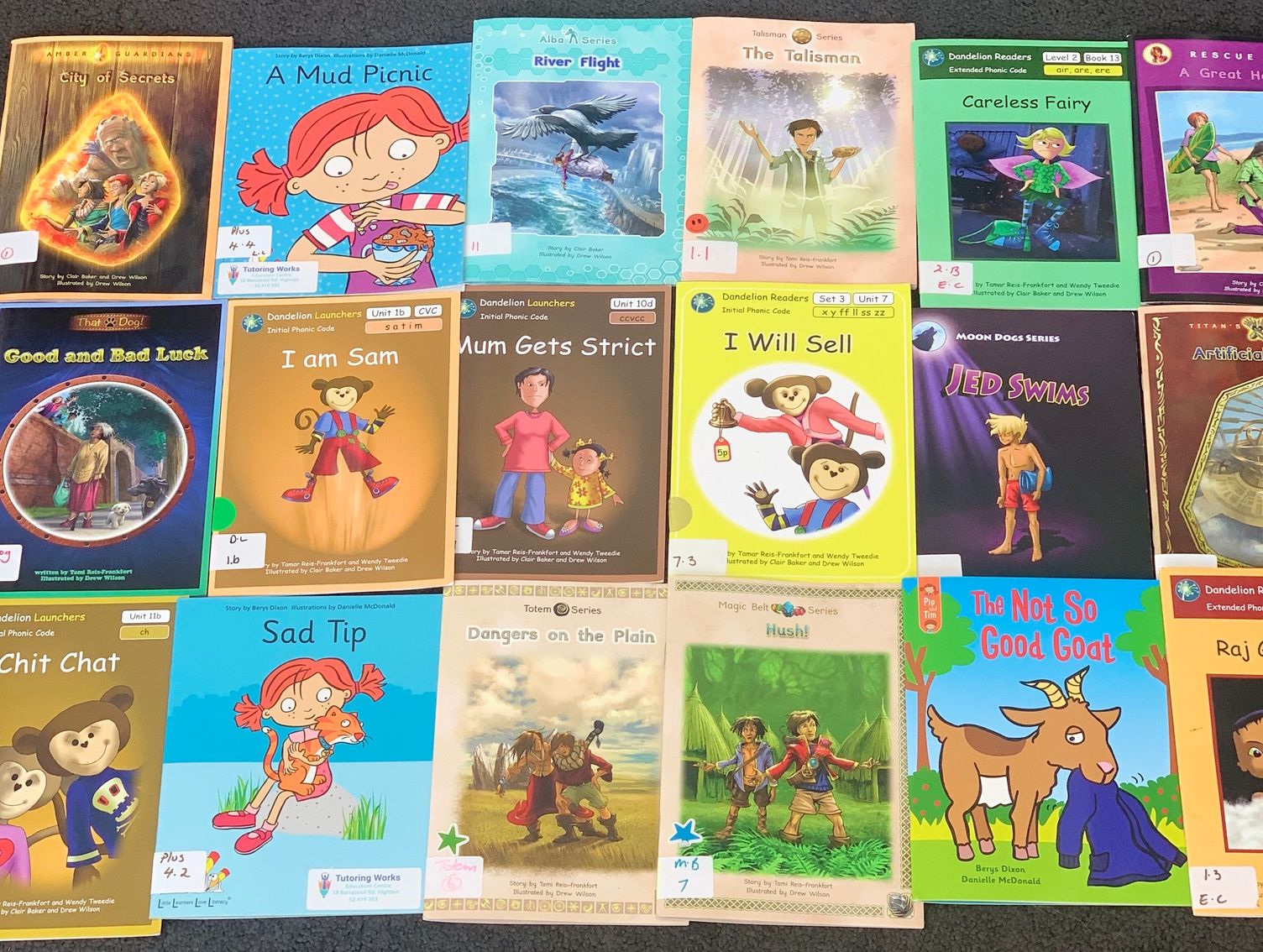
What are decodable books?
Why does your child need decodable books?
Learning to read is not a natural process.
While learning to talk is a natural process that all human beings are wired for and which occurs when children are surrounded by language, learning to read is not natural.
To become readers, children need to know how spoken words connect to print. They need systematic, synthetic phonics instruction and they need to practise their reading skills with decodable books. There are hundreds of studies that support this.
If children haven’t grasped the basics of sounding out words in primary school, by the time they get to high school, they’re so far behind that their self-esteem may be damaged.
While being exposed to books and growing up in a language-rich environment may help some children learn to read, for many children, especially those with specific learning difficulties, exposure alone will not be enough.
For many children, decodable books are a fundamental part of the learning to read process. In this post, we’ll be covering what decodable books are, why they are an essential part of learning to read and where you can get some decodable books for your child.
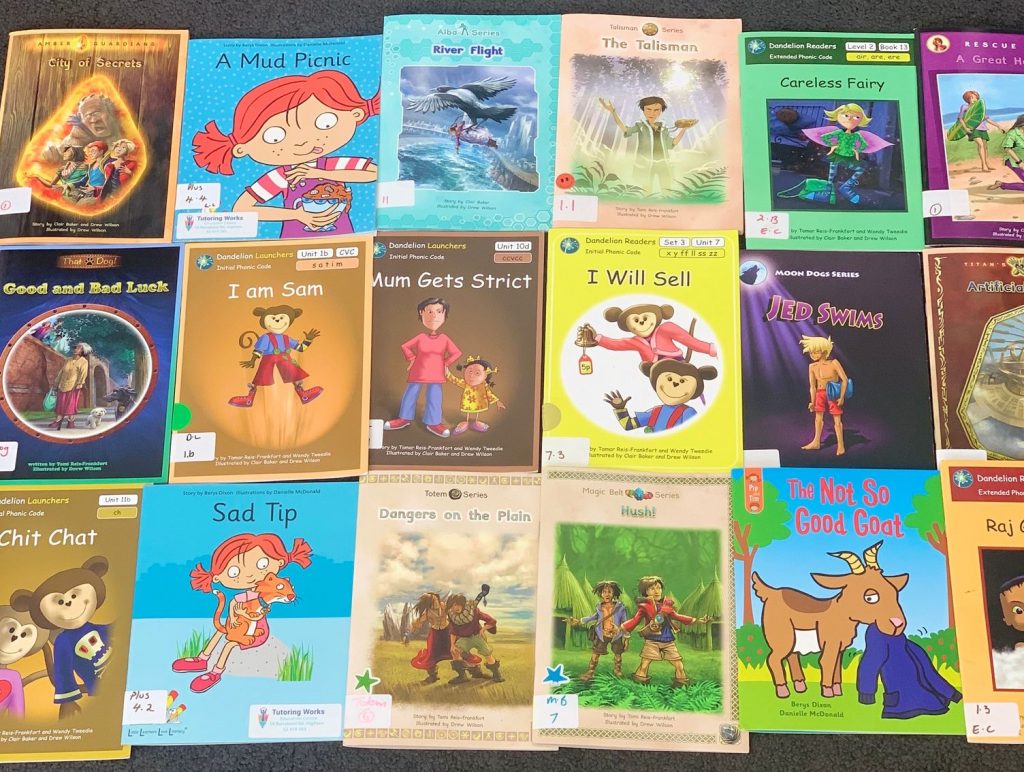
So what is a decodable book?
Decoding is essentially sounding out letters.
Decodable books use stories constructed using words with phonetically controlled spelling patterns. These books contain the sounds and spellings that the child has been explicitly taught. The child then uses their knowledge of letters (graphemes) and sounds (phonemes) to read the words in the text on their own, without guessing.

Decodable books also contain high frequency words such as ‘was,’ and ‘the.’ These books are fantastic as they allow children to gain confidence as they sound out the words while practising their reading fluency.
These books also allow children to practise the crucial reading skills of blending and segmenting and help to build fluency and mastery with previously taught sounds.
Decodable readers are a crucial part of a systematic synthetic phonics approach to teaching reading. This approach involves teaching a small number of sounds at a time, and gradually adding in more sounds and spellings in a defined sequence.
Decodable books match a child’s current skill level
A child at the beginning stages of reading who has learned the spellings and the sounds that are associated with s a t p i n – will be able to decode and read simple words using these sounds like ‘mat’ sat’ ‘pin’ sit’ ‘tin.’ They will not be able to read more complex words like ‘train’ and ‘seed.’
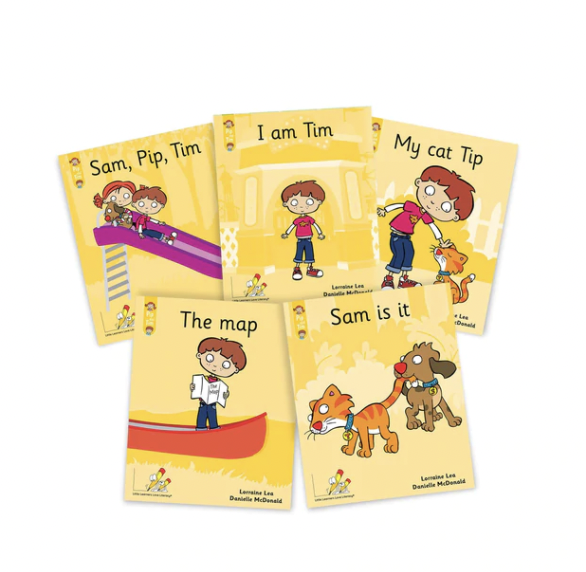
A decodable book contains sounds and spellings that MATCH the child’s current letter and sound knowledge so the child has the necessary skills to read the words in those books.
On the other hand, a child with a take home reader which is predictable, like the one below, – relies on poor reading strategies. As they don’t yet have the knowledge to read words like ‘train, ‘bulldozer’ and ‘engine.’
So they guess. And look at the picture for clues. Which is not reading. It’s guessing.

To learn to fluently read, children need practise between the sounds and spelling patterns they are learning and the text they are seeing in their own books.
Whereas, when a child reads a fully decodable book, the only reading strategy they are using is sounding and blending words.
The child is linking the sound and letter patterns straight away and is able to improve fluency, accuracy and speed with those sounds and letters.
Being able to read the words, rather than guessing and hoping they’re right, builds the child’s confidence and teaches the child that reading is a code that they are learning to crack.
With continued reading practise and explicit teaching, the child will read increasingly more complex texts.
So, what decodable books are suitable for my child?
When choosing a decodable book, first consider what your child has been taught through phonics instruction.
The teaching sequence and the decodable book content must match up so children can sound out and blend the words in the book.
Beginning decodable books contain only simple phonic knowledge. Your child may have been introduced to the beginning sounds of SATPIN. Therefore, a beginning reader, who is learning to blend CVC (3 letter words) should start with books which contain only CVC words.
If you child is learning the consonant digraphs ck sh wh th – choose books which incorporate those phonic patterns.
If you child is learning about the sounds and associated alternative spellings for the /ae/ sound – focus on decodable books contain those spelling patterns – i.e. ai ay a_e ea a

Where can I get decodable readers?
The easiest way to get your child reading a decodable book at home is to download some apps.
Decodable books you can download as an app
- Little Learners Love Literacy
- Decodable Readers Australia
- Fitzroy Sounding Readers
- Oz Readers
- TAP teen and adult phonics library
Decodable books are for older learners, too.
Decodable books aren’t just for beginning readers.
The phonic books catch-up series are suitable for children aged 8-14 who have gaps in their phonics knowledge. Decodable books for older students focus on one phoneme (sound) and the alternative spellings for that sound. These books progressively allow children to practise fluency with the alternative spellings for the same sound. This assists older learners to build their reading fluency.
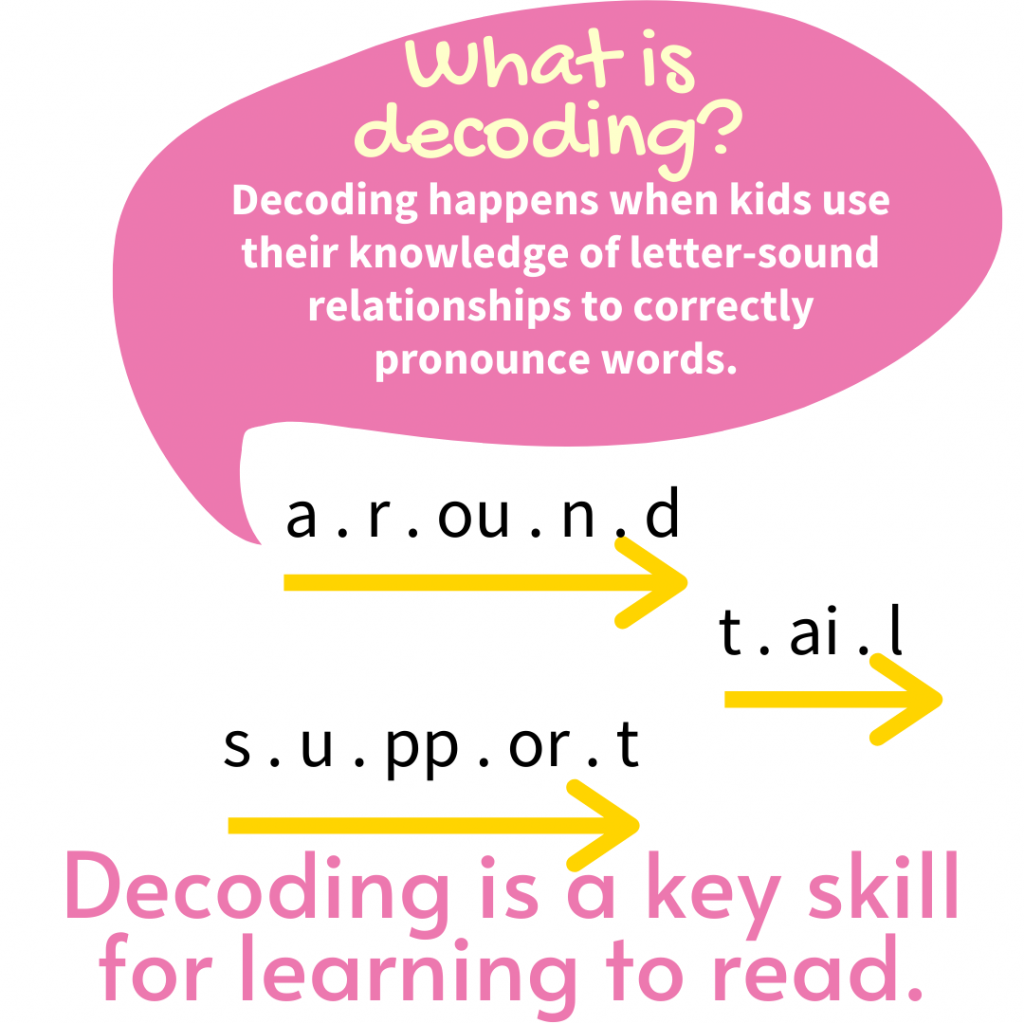
Conclusion
At Learning Works Hub we love decodable books.
Decodable books are fantastic and should be part of every reading lesson.
There are plenty of options to incorporate a decodable book into your child’s reading routine.
Happy Reading!



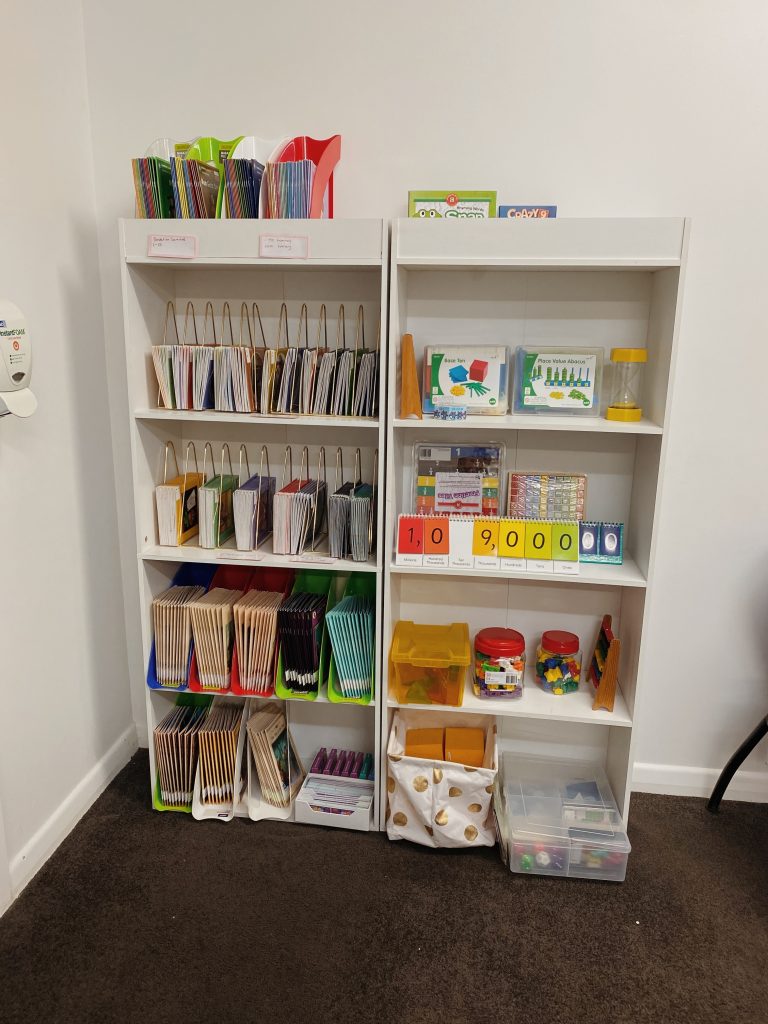
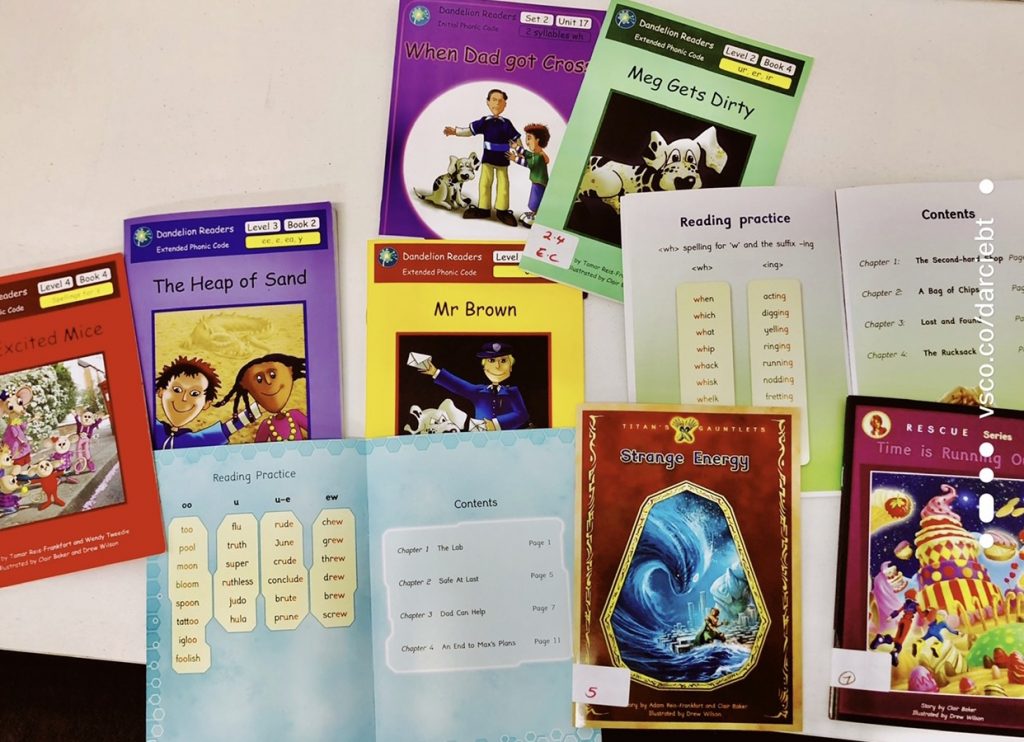
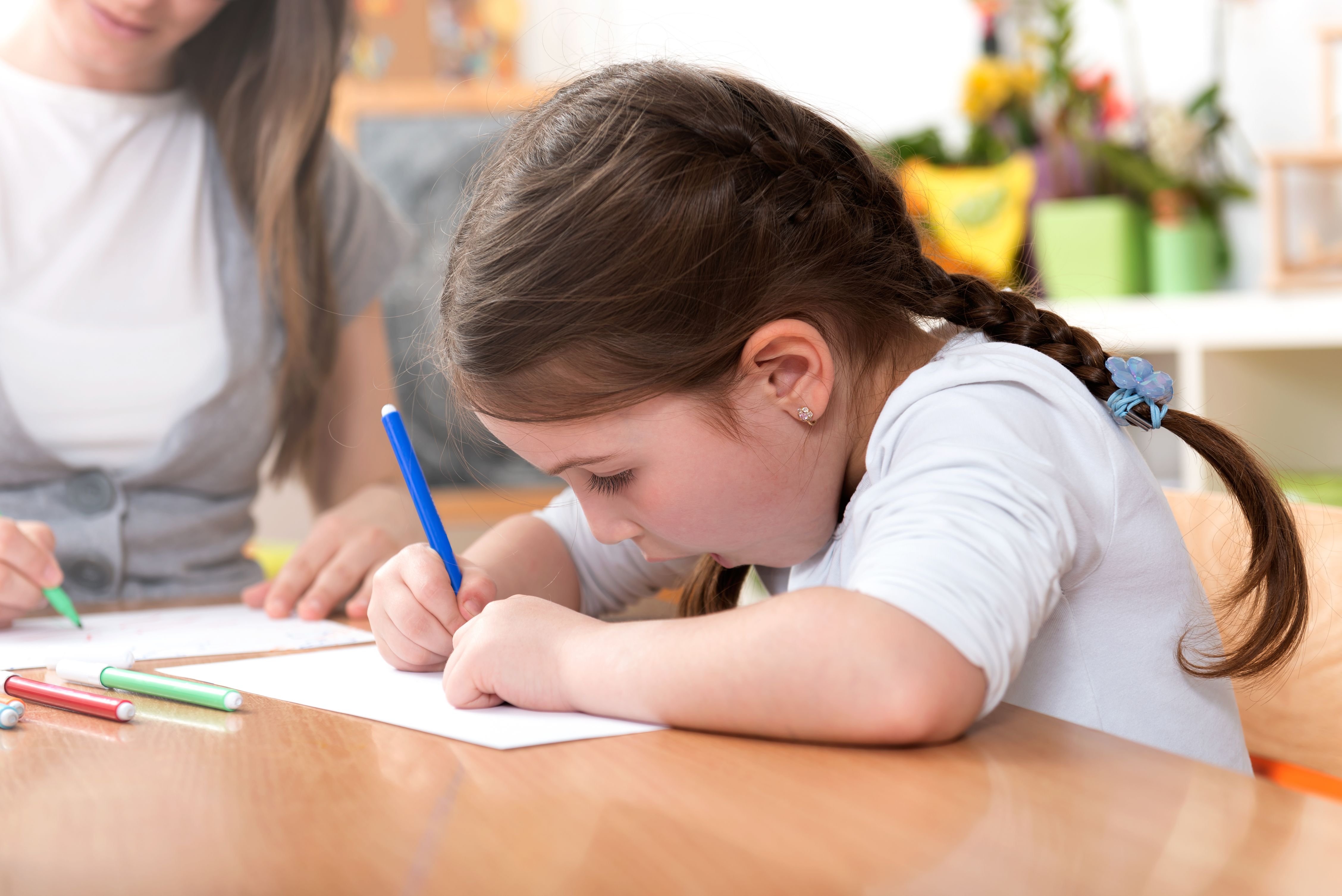
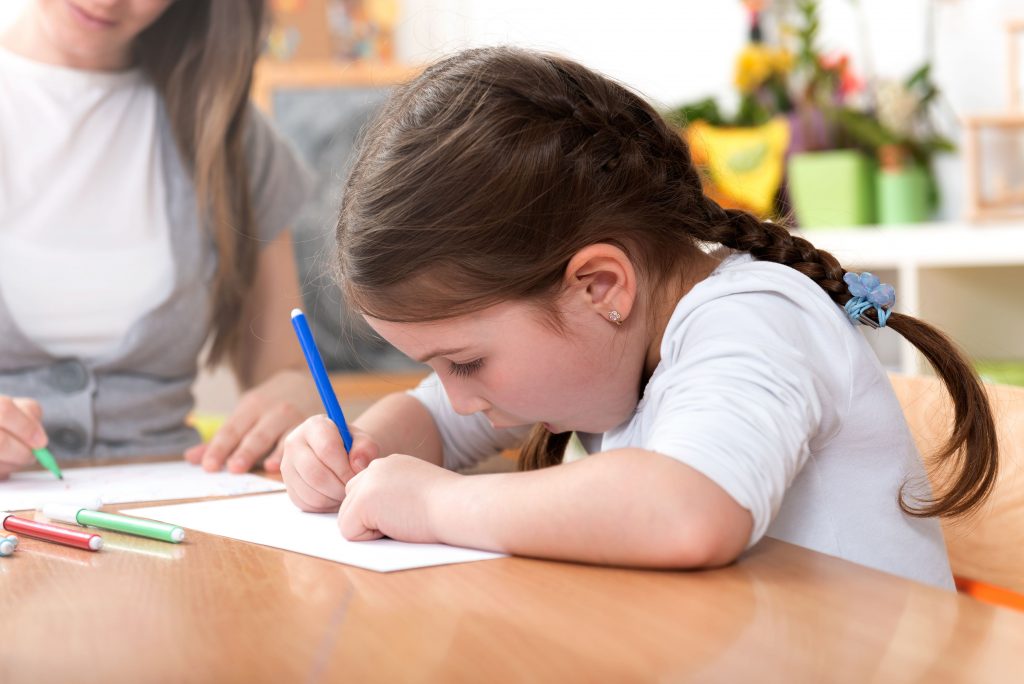
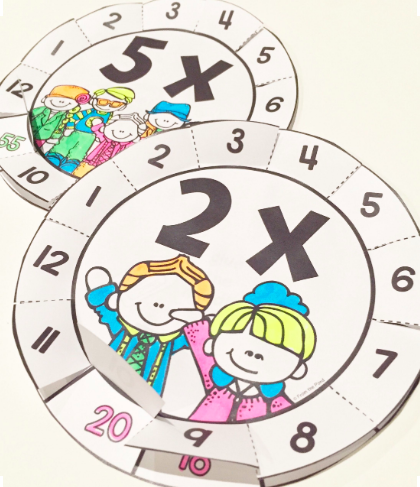
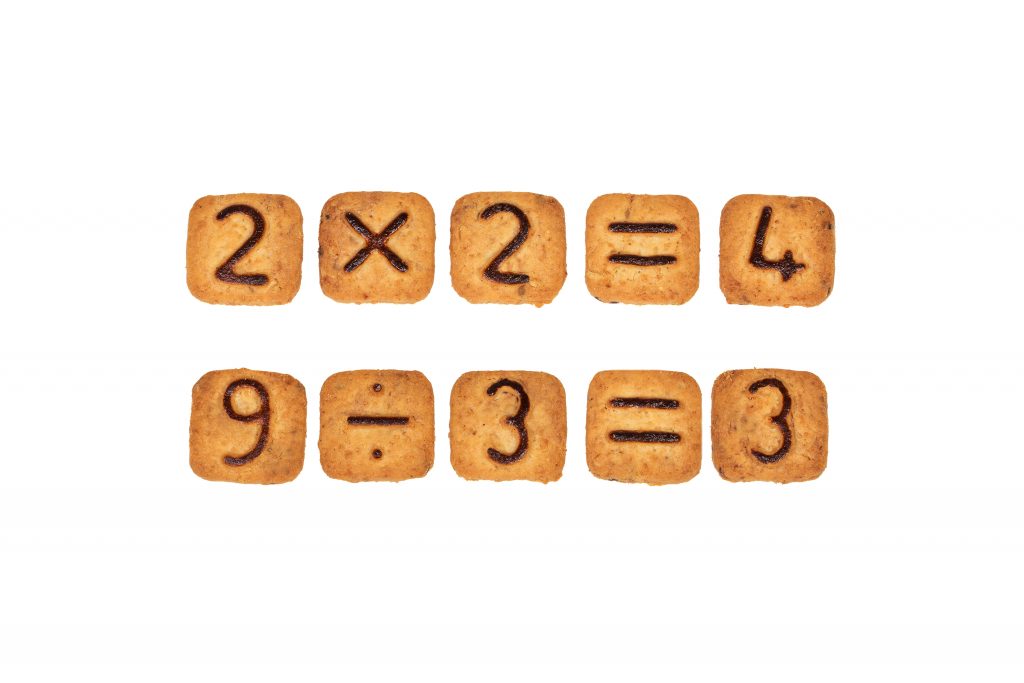

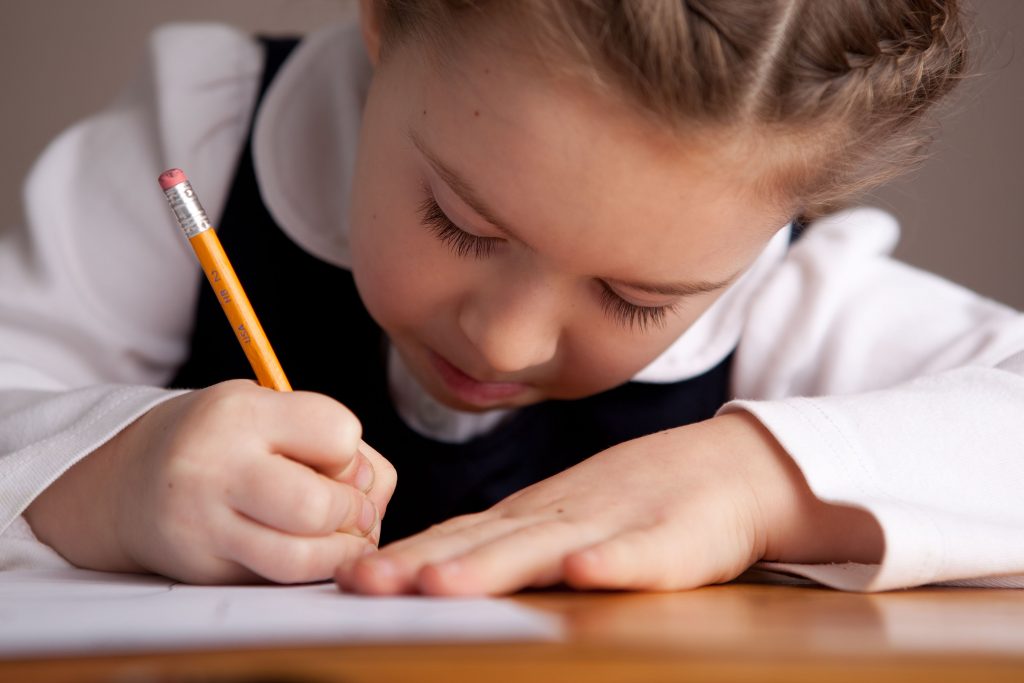
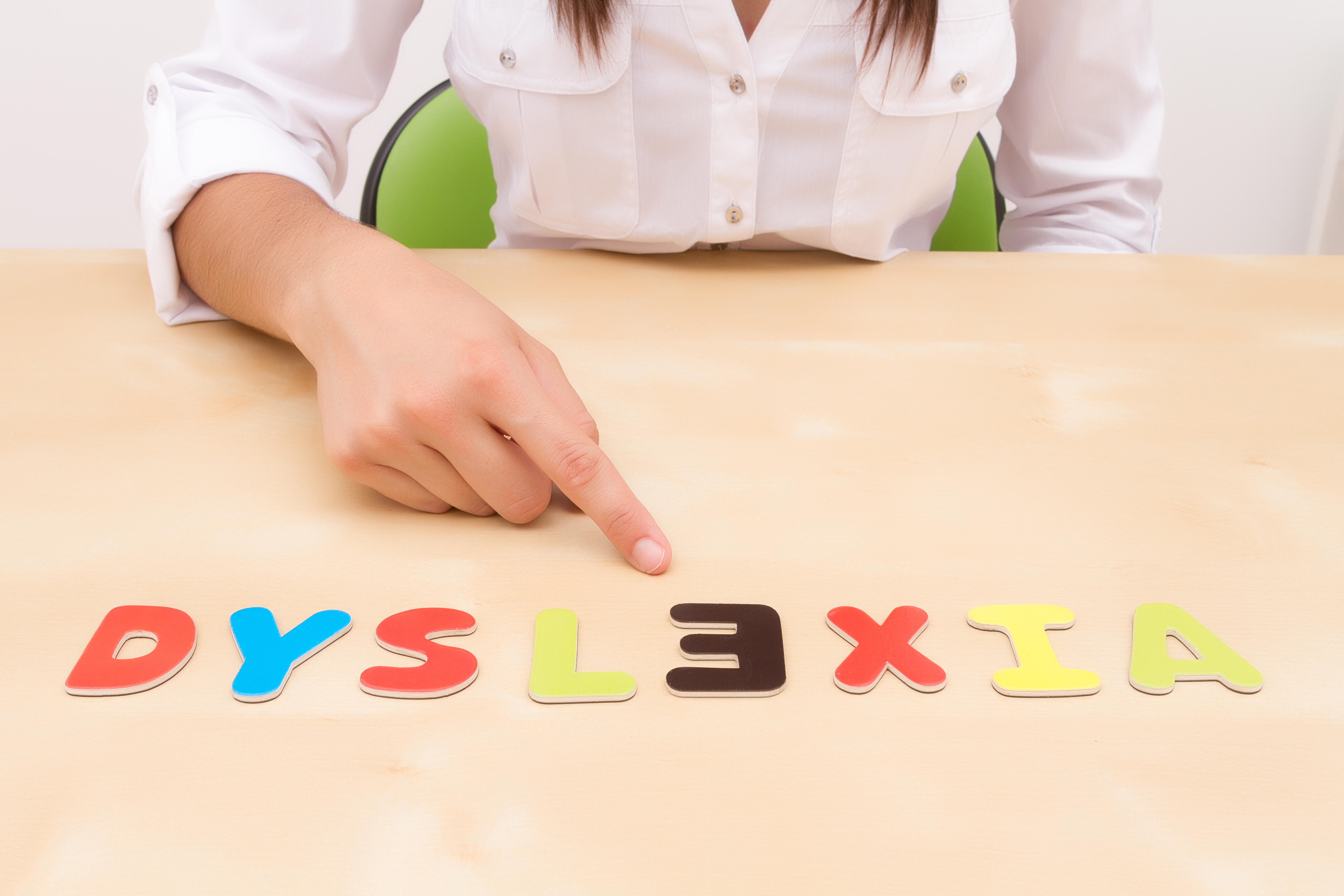
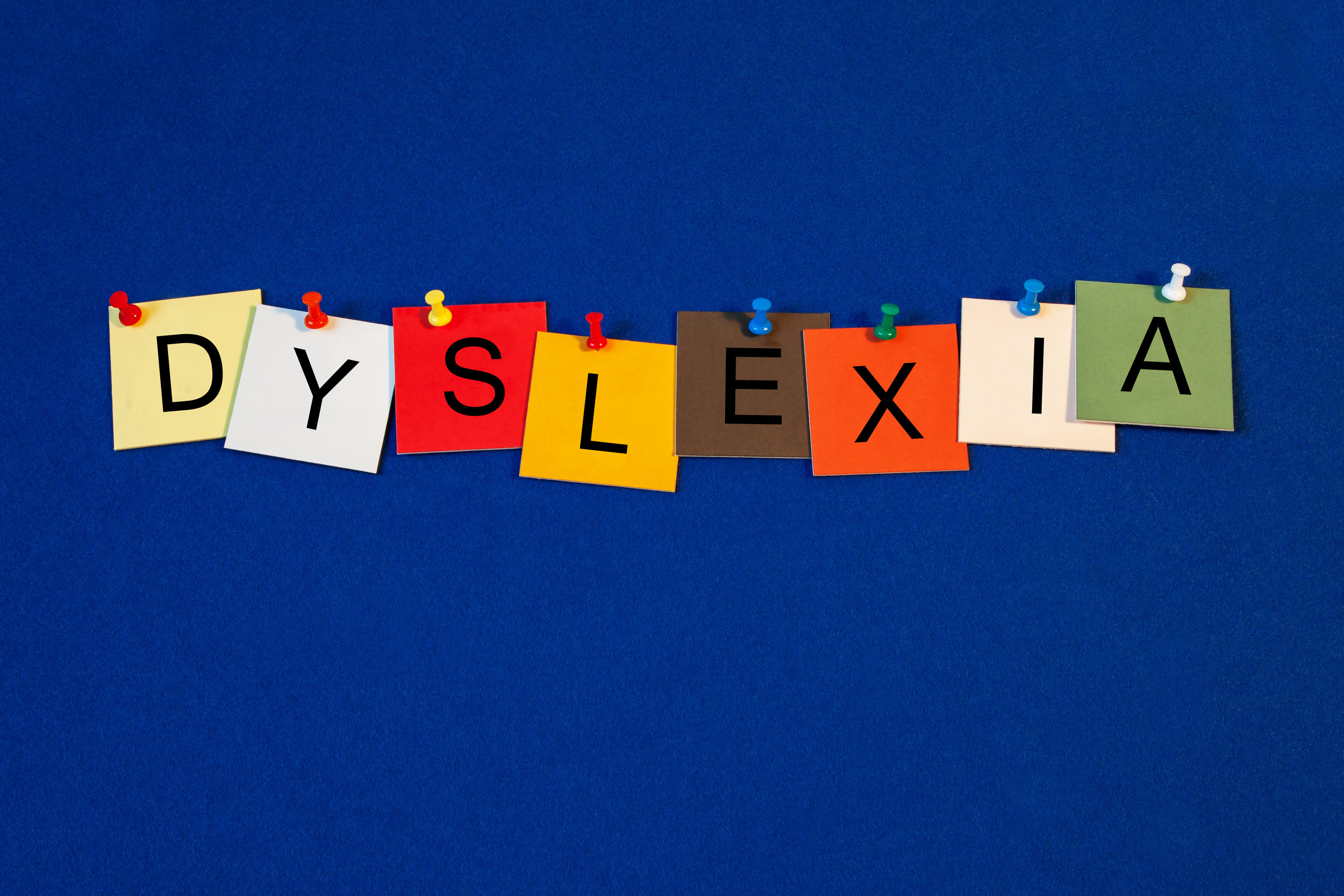
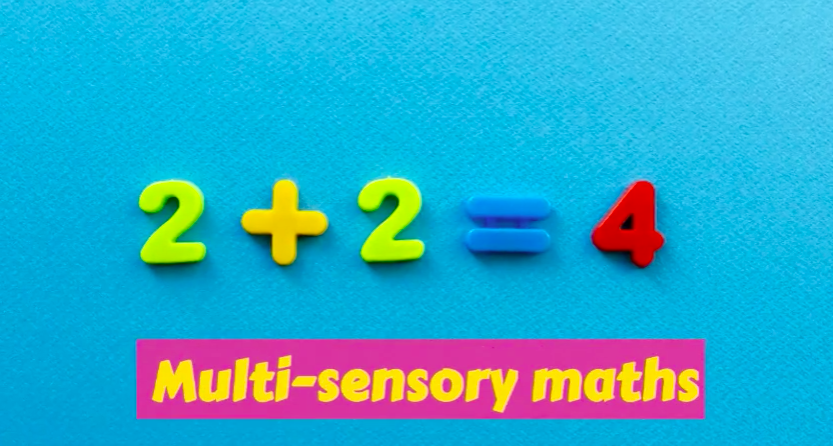
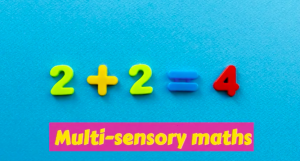





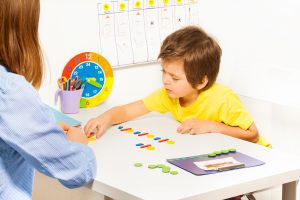


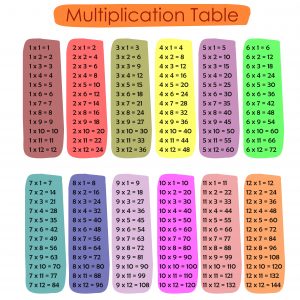


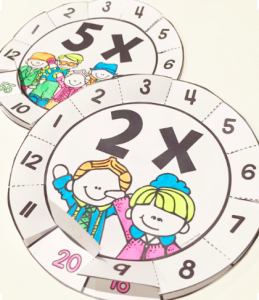
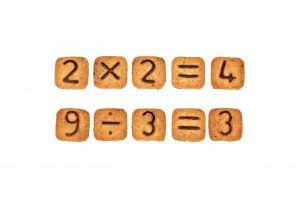


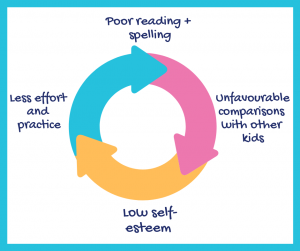


 Finding an activity they enjoy and that they are good at can help your child discover their strengths and keep their academic struggles in perspective. If you child is a gun at football or likes gymnastics or even computer coding, encourage them to pursue that so they can bolster their self-confidence in other non-academic avenues.
Finding an activity they enjoy and that they are good at can help your child discover their strengths and keep their academic struggles in perspective. If you child is a gun at football or likes gymnastics or even computer coding, encourage them to pursue that so they can bolster their self-confidence in other non-academic avenues.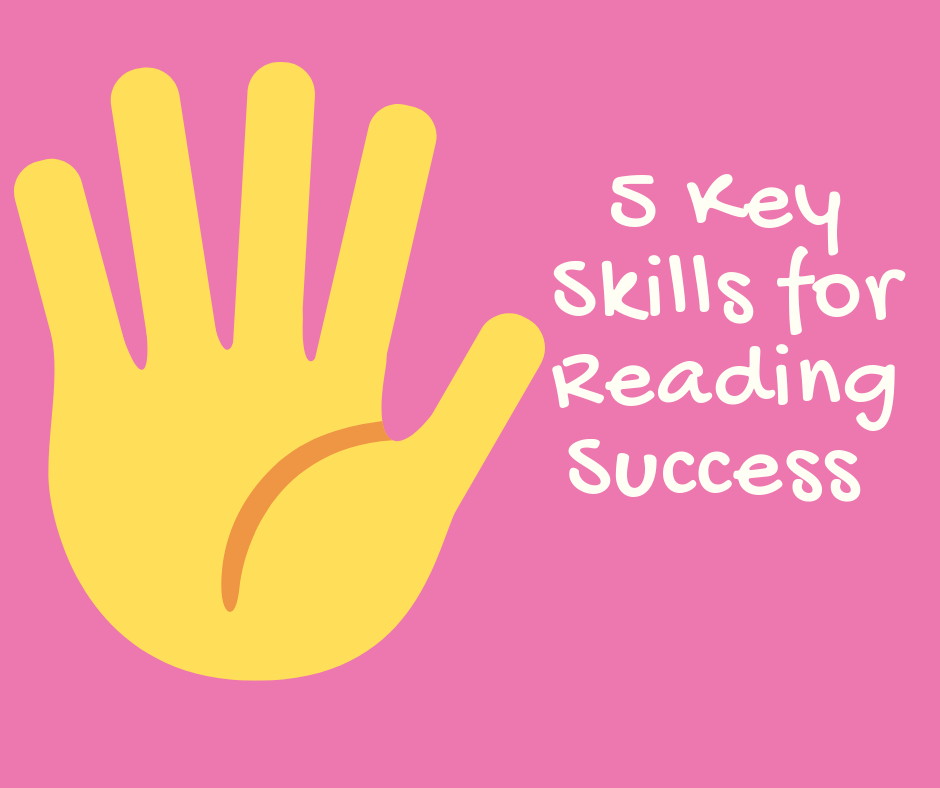
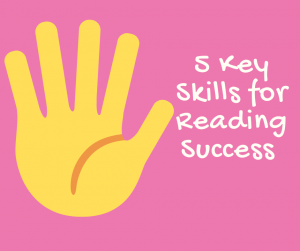
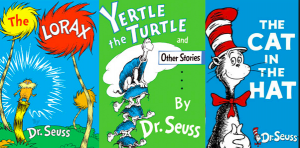
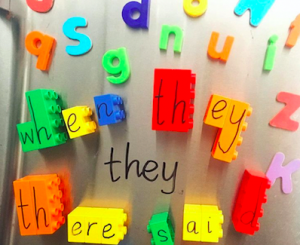
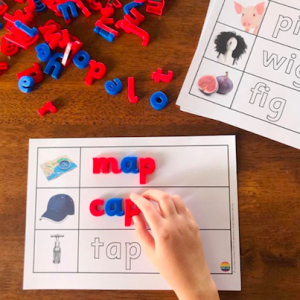
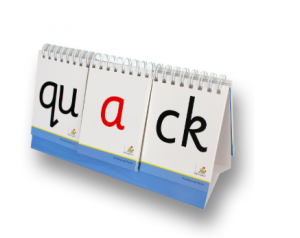
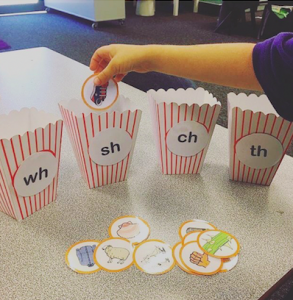
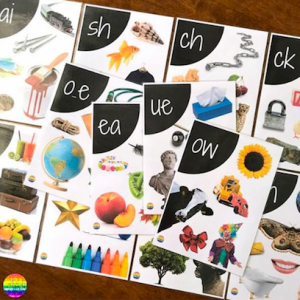
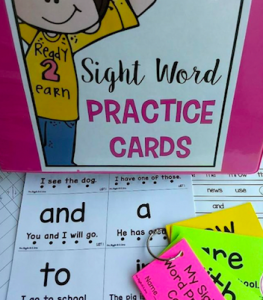
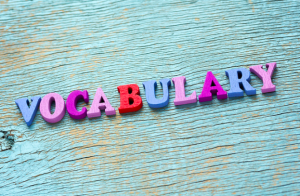
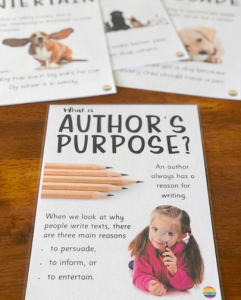
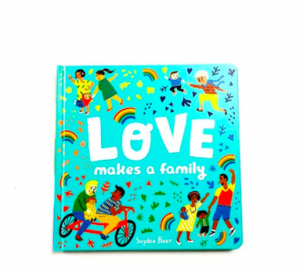
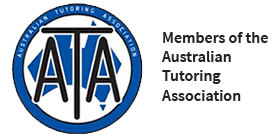
Recent Comments